The Green Revolution refers to the worldwide initiative to promote sustainable practices and reduce the environmental impact of human activities. One of the key aspects of this movement is the increasing popularity of hemp as a sustainable resource. Hemp, also known as industrial hemp, is a versatile plant that can be used for a wide range of products, from textiles to building materials to biofuels.
The Benefits of Hemp as a Sustainable Resource
There are several reasons why hemp is gaining popularity as a sustainable resource:
1. Environmental Benefits
Hemp is a highly sustainable crop that requires minimal water, pesticides, and fertilizers to grow. It also has a natural resistance to pests, reducing the need for harmful chemicals. Hemp plants absorb large amounts of CO2 from the atmosphere, making them a valuable tool in combating climate change.
2. Versatility
Hemp can be used to produce a wide range of products, including textiles, paper, food, and biofuels. Its fibers are strong and durable, making it an ideal material for clothing, ropes, and building materials. Hemp seeds are a nutritious source of protein and essential fatty acids, making them a popular ingredient in health foods.
3. Economic Benefits
Hemp cultivation can provide economic opportunities for farmers and rural communities. The growing demand for hemp products has created a thriving market that offers potential for growth and innovation. Hemp is also a valuable crop rotation option, helping to improve soil health and reduce the risk of pests and diseases.
The Rise of Hemp in the Green Revolution
In recent years, there has been a growing interest in harnessing the potential of hemp as a sustainable resource. Governments, businesses, and consumers are increasingly recognizing the benefits of hemp and are investing in research, development, and production of hemp-based products. As a result, hemp is becoming an integral part of the green revolution and is poised to play a significant role in shaping the future of sustainable industries.
Conclusion
The rise of hemp as a sustainable resource represents a significant step towards achieving a more eco-friendly and sustainable future. By harnessing the versatility and potential of this plant, we can reduce our reliance on harmful chemicals and non-renewable resources, while promoting economic development and environmental stewardship. As hemp continues to gain traction in the green revolution, it is important for stakeholders to work together to ensure its successful integration into sustainable practices and industries.
FAQs
Q: Is hemp the same as marijuana?
A: While hemp and marijuana are both varieties of the cannabis plant, they are distinct in their chemical composition and uses. Hemp contains very low levels of THC, the psychoactive compound found in marijuana, making it unsuitable for recreational use. Hemp is grown for its fibers and seeds, while marijuana is cultivated for its psychoactive effects.
Q: Is hemp legal to grow and use?
A: The legal status of hemp varies by country and region. In many parts of the world, hemp cultivation and use are legal, as long as the plants contain less than 0.3% THC. In the United States, the 2018 Farm Bill legalized the cultivation of hemp at the federal level, paving the way for a growing hemp industry.
Q: What are some common uses of hemp?
A: Hemp can be used to make a wide range of products, including textiles, paper, biodegradable plastics, biofuels, food, and cosmetics. Hemp fibers are strong and durable, making them ideal for clothing, ropes, and building materials. Hemp seeds are a nutritious source of protein and essential fatty acids, making them a popular ingredient in health foods.

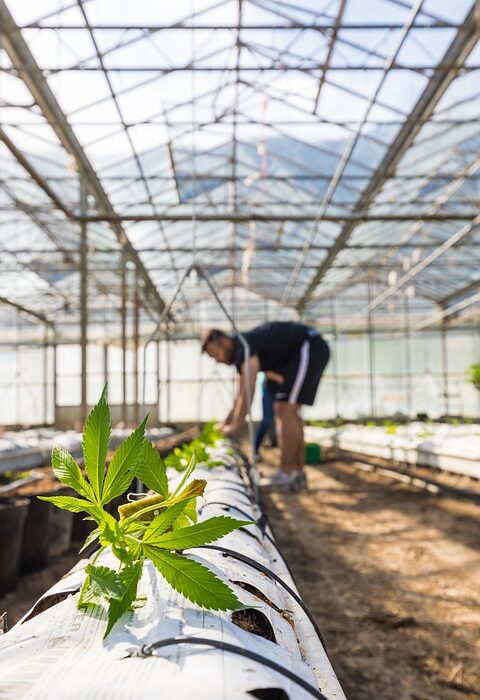
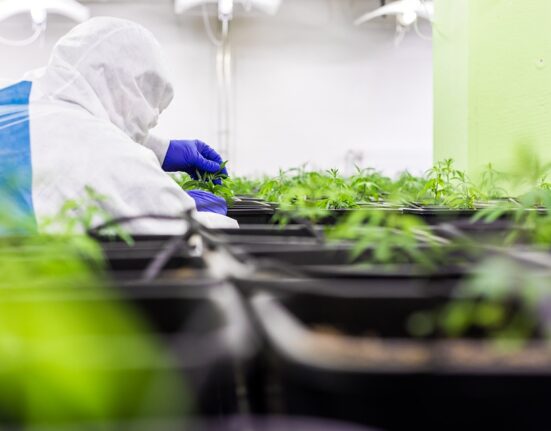
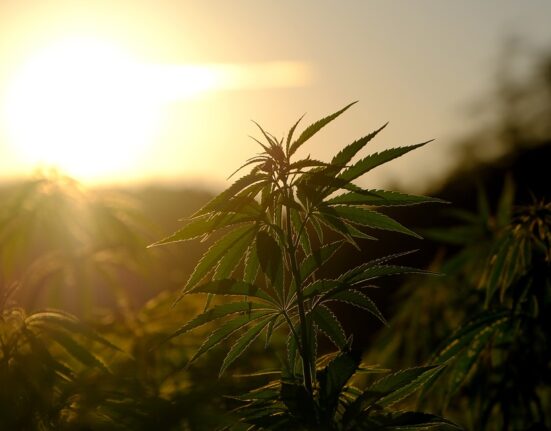
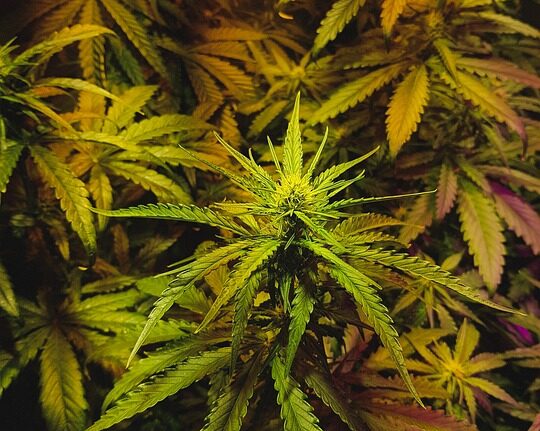
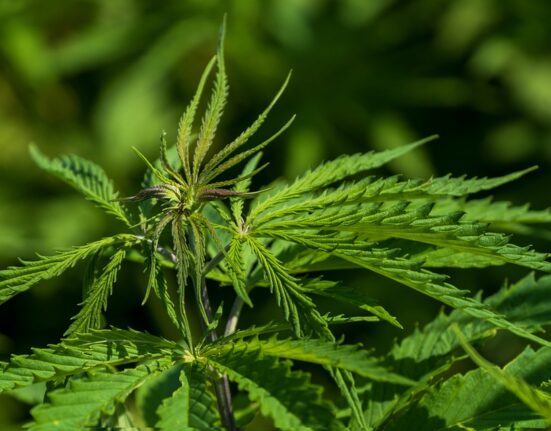
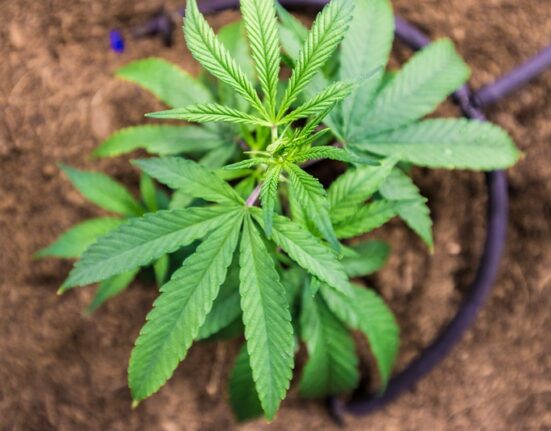
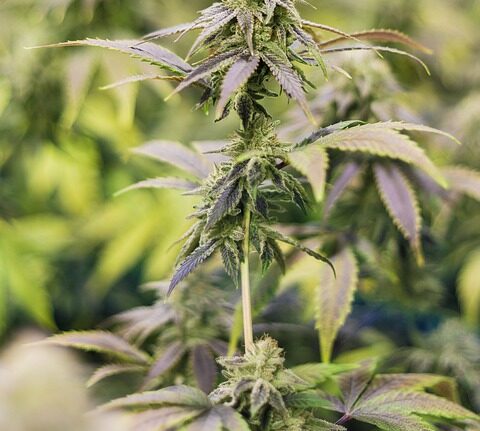
Leave feedback about this